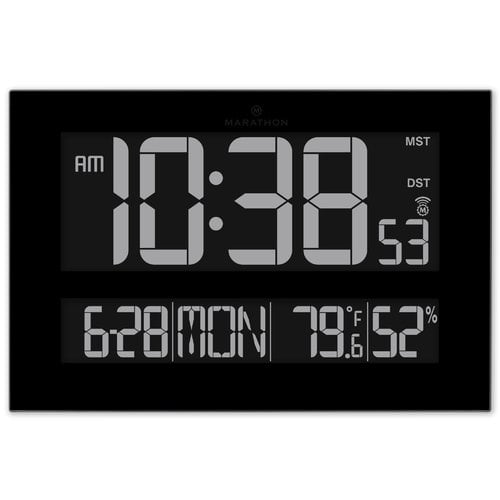

A lot of other quantum technology is further on the horizon without existing established economic markets, like quantum computers.” Atomic clocks have already been shown to be a disruptive technology for timekeeping, which many in the quantum industry hope also translates to quantum computers. “People are aware that these clocks exist and are useful technology. “Part of the reason why quantum is so focused on clocks is that there’s already a market,” Olson stated. Applications Of Next-Generation Time Keepingĭue to their high accuracy and precision, atomic clocks have become useful for several industries.

NIST’s scientists study multiple atomic clocks, including the F1 cesium clock, which has an error rate of one second in a million years. As these resonance frequencies are an inherent part of the fundamental quantum dynamics within the clock, they are extremely accurate and stable. The stabilized laser frequencies can then be “measured and counted as the “tick” of a clock. As atoms change energy levels when interacting with specific laser frequencies, the atomic response to these frequencies lets the lasers be stabilized. While in a regular clock (like a wristwatch) a piece of quartz vibrates at a certain frequency and that frequency is “counted” as time, a similar process is used with atoms and special lasers. According to the National Institute of Standards and Technology ( NIST), atomic clocks focus on atomic resonance frequencies to measure time. The reason that atomic clocks are so precise is because they leverage quantum mechanical properties of atoms and molecules. “Atomic clocks underpin many of the technologies we have come to depend on in our daily lives – modern communications systems, energy distribution, transport systems, and financial trading all depend on accurate time and frequency standards, ” echoed Helen Margolis, Head of Science for Time and Frequency at the UK’s National Physics Laboratory ( NPL). The importance of these clocks to our society cannot be understated, as they are behind most of our society’s infrastructure. Judith Olson, the head of the Atomic Clock Division at ColdQuanta, a market-leading quantum company. “Atomic clocks are probably one of the oldest, most widely used quantum technologies in existence,” explained Dr.

We measure time by using clocks, specifically extremely accurate clocks called atomic clocks. From scheduling work, meetings, or events, to even celebrating birthdays, time has become an influential aspect of our society.

Watch Now: Watch our Launch Webinar now on-demand to learn more and get your questions answered.While humans are not the only species to measure time, in a certain sense, we do make it the focus of our lives. Its wide-ranging operating temperature of -40° to +80☌ is also ideal for: The mRO-50 Ruggedized Oscillator provides accurate frequency and precise time synchronization to mobile applications, such as military radio-pack systems in GNSS-degraded or denied environments. It provides a one day holdover below 1µs and a retrace below 1E-10 in a form factor (50.8 x 50.8 x 20mm) that takes up only 51 cc of volume (about one-third of the volume compared to standard rubidiums) and consumes only 0.36W of power, which is about ten times less than existing solutions with similar capabilities. The mRO-50 Ruggedized is a breakthrough microwave optical double resonance (MODR) low SWaP-C Miniaturized Rubidium Oscillator designed to meet the latest commercial, military and aerospace requirements where time stability and power consumption are critical.


 0 kommentar(er)
0 kommentar(er)
